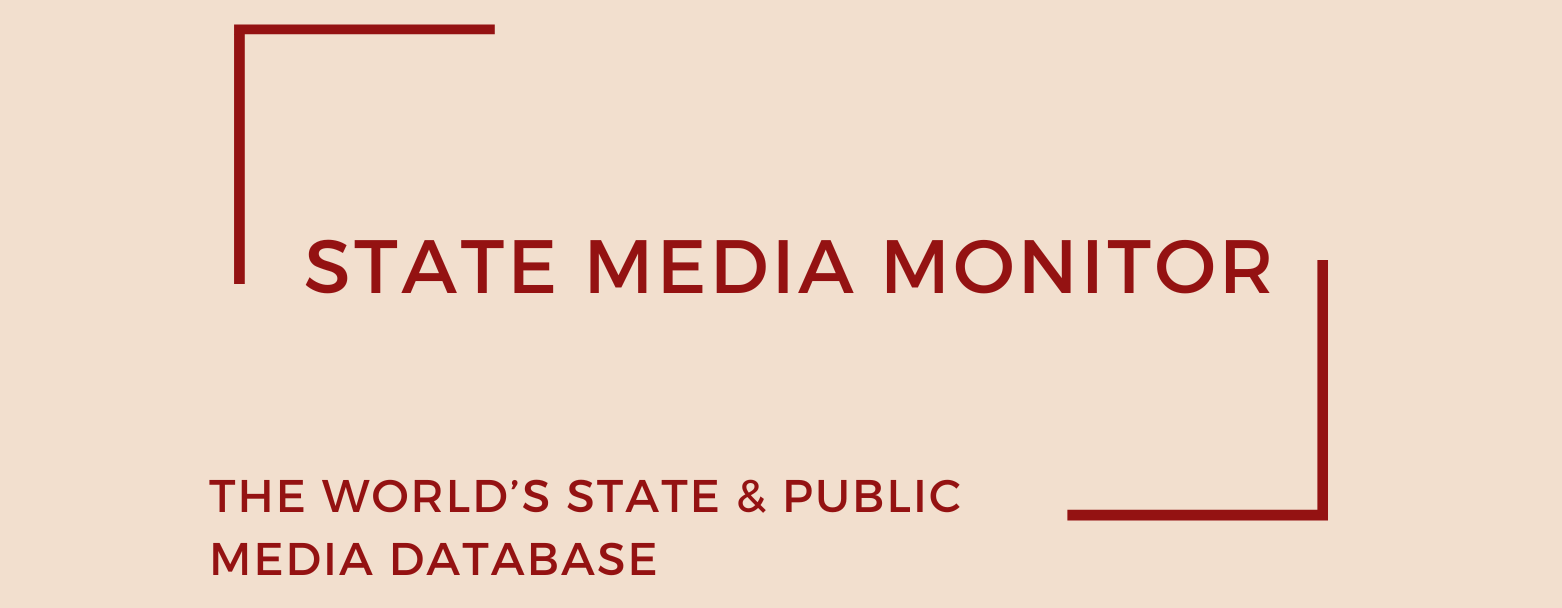State and Public Media in Latin America and the Caribbean in 2024
The state control model is the dominant paradigm throughout Latin America and the Caribbean, with over three-quarters of the 66 state and public media companies surveyed in the region falling under this category. The region is home to a few highly centralized state economies, including Cuba, Venezuela, and Nicaragua, where the media is tightly controlled and dependent on the government.
Following a series of unfavorable developments in 2023, which included a deterioration of editorial autonomy in various media outlets, including RTA in Argentina and SINART in Costa Rica, the situation has remained relatively unchanged in the past year.
It is worth noting the significant improvements at CERTV, the public broadcaster in the Dominican Republic. Following the appointment of Iván Ruiz as director general of CERTV in April 2022, the broadcaster has initiated a reform process that has resulted in the transformation of the broadcaster into a high-quality, editorially independent media outlet. Mr. Ruiz’s plans have been approved by the broadcaster’s board of directors and have been well-received in the media. In light of these developments, we have upgraded CERTV to an editorially independent media entity in our State Media Matrix for the 2024 assessment.
While Latin America displays a somewhat more diverse landscape of state and public media than other parts of the world, the region has witnessed a series of concerning trends that have eroded the editorial independence of these outlets in recent years. It is worth noting that there has been an increase in criticism from populist politicians in high positions against state and public media, which they have found difficult to control.
One significant trend that has emerged in recent years is the closure of state media outlets due to pressure from the government.
In Argentina, for instance, the government of Javier Milei, who had been appointed President of Argentina a year earlier, instructed the closure of Télam, the country’s news agency, in March 2024. The organization was repositioned as a state-run advertising agency, while its news production operations were discontinued. Similarly, Mexico’s leading news agency, Notimex, which has a history dating back to 1968, was shut down following a decision by the Senate in December 2023. The closure was initiated by former Mexican President Andrés Manuel López Obrador (AMLO). Notimex’s news content was distributed to various national and local newspapers, as well as select broadcasters.
Conversely, governments in the region are increasingly utilizing these outlets as official propaganda channels. In El Salvador, President Nayib Bukele openly describes the media run by SINAMP, the country’s state broadcaster, as a governmental information space. Additionally, Bukele has transformed the Diario EL Salvador, a daily newspaper in the country, into a personal communication channel.
The recent developments in media throughout Latin America and the Caribbean thus raise concerns about the increasing government control in a region that has historically celebrated more diversity and independence in its state and public media compared to other regions in the world. This trend has coincided with the ascent of populist leaders to power, further signaling a worrisome shift towards centralization and state dominance in the public media of these countries.
Read Latin America Overview 2023
Read Latin America Overview 2022
Read Latin America Overview 2021
Citation (cite the article/profile as part of):
Dragomir, M. (2025). State Media Monitor Global Dataset 2025.
Media and Journalism Research Center (MJRC).
Zenodo.
https://doi.org/10.5281/zenodo.17219015
This article/profile is part of the State Media Monitor Global Dataset 2025, a continuously updated dataset published by the Media and Journalism Research Center (MJRC).
